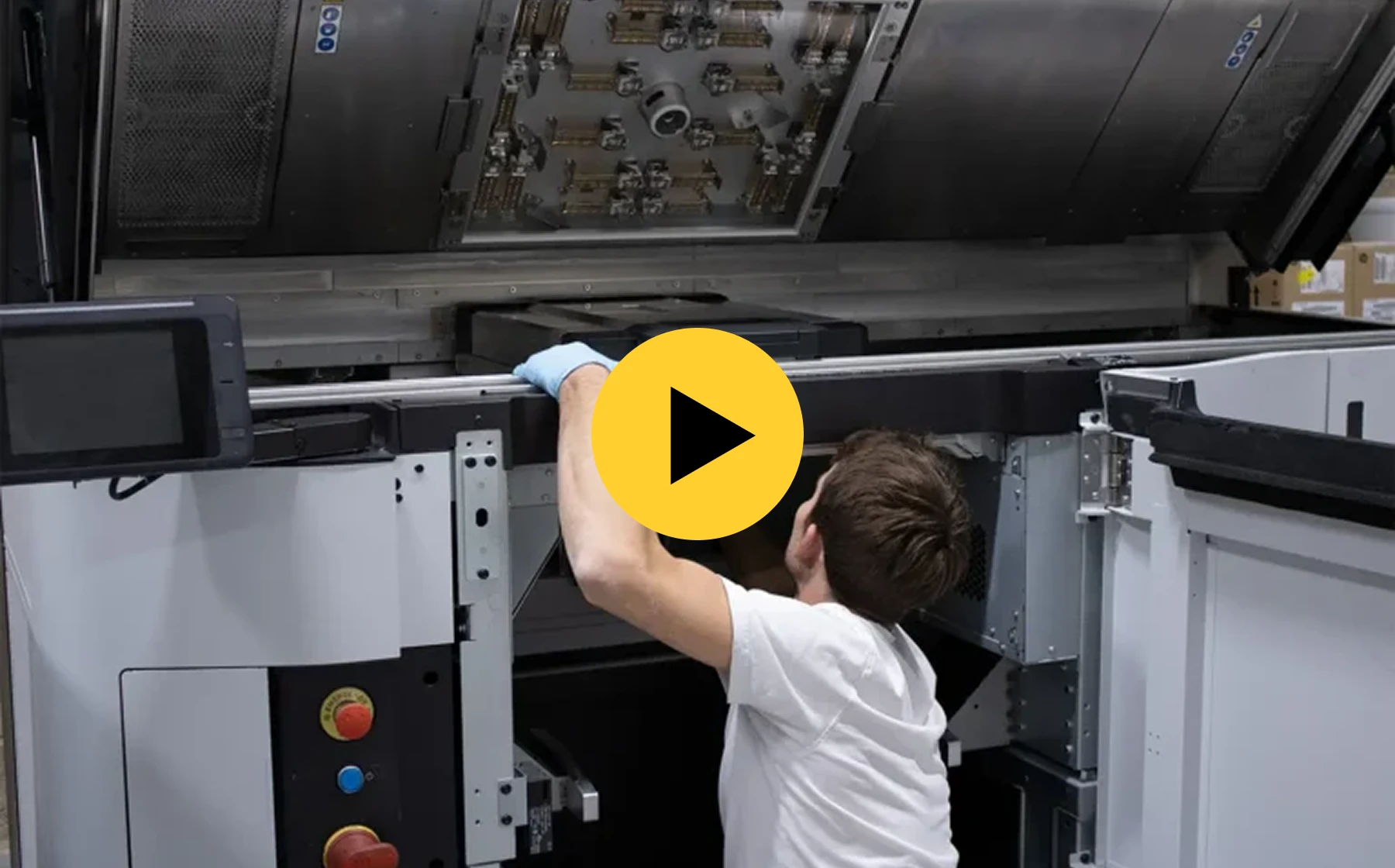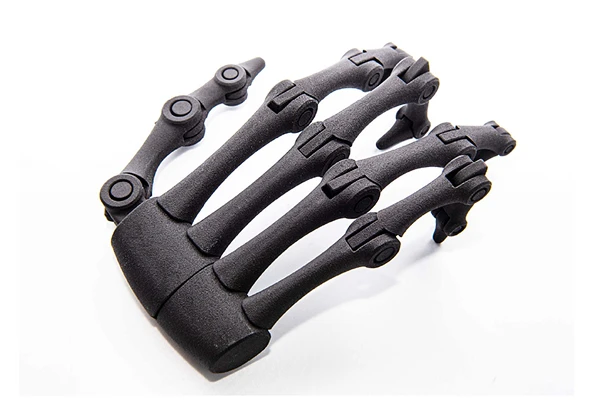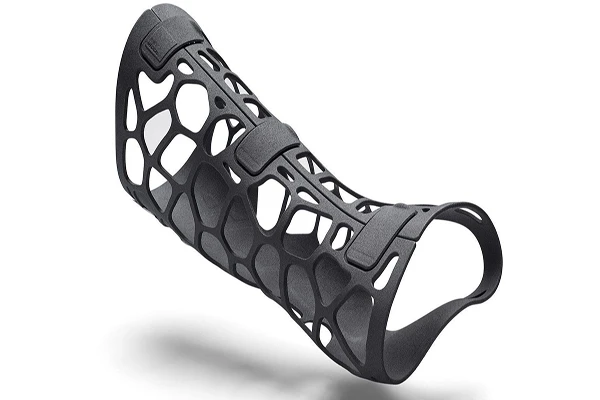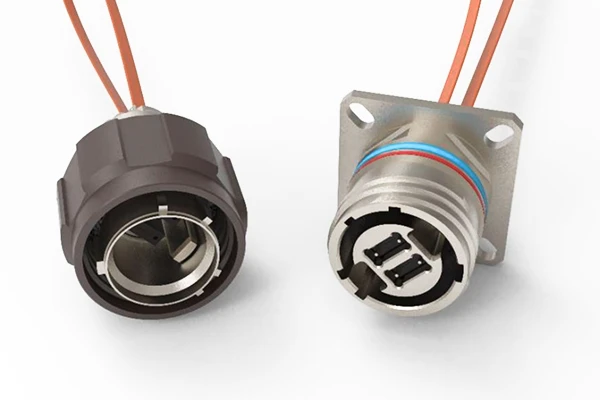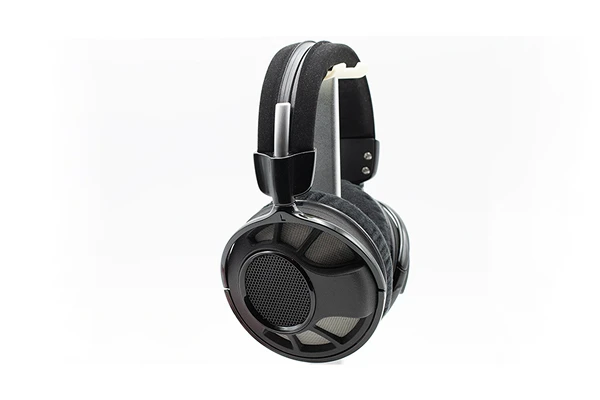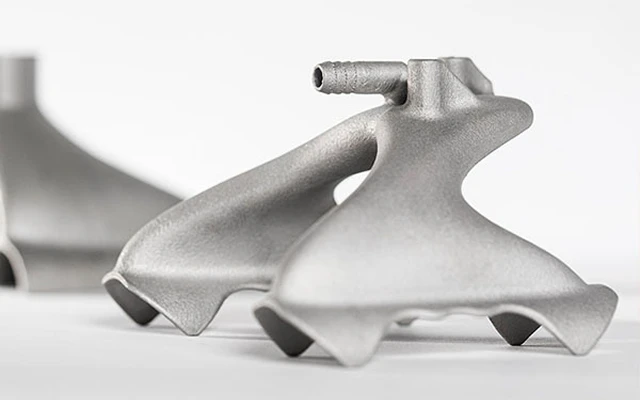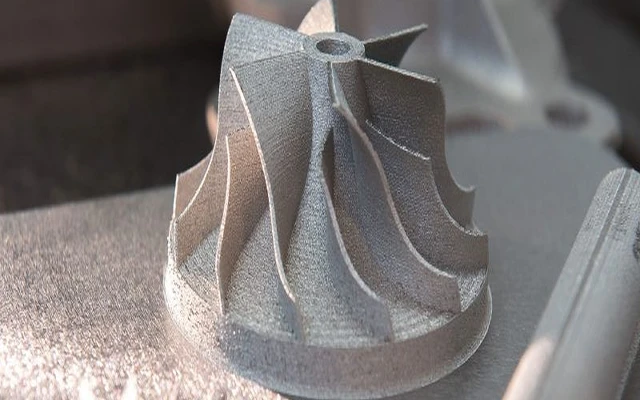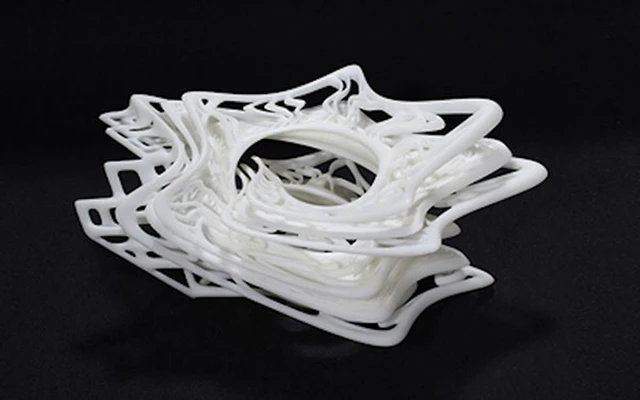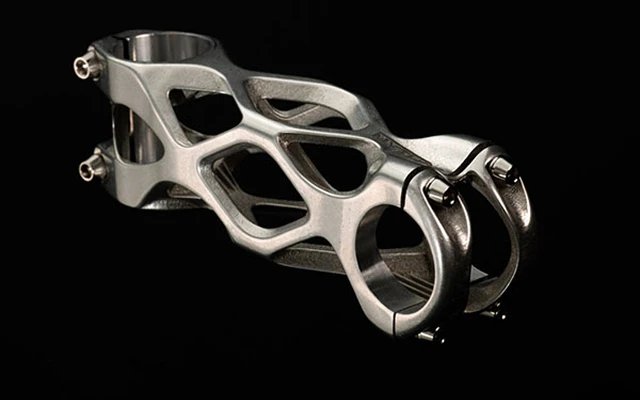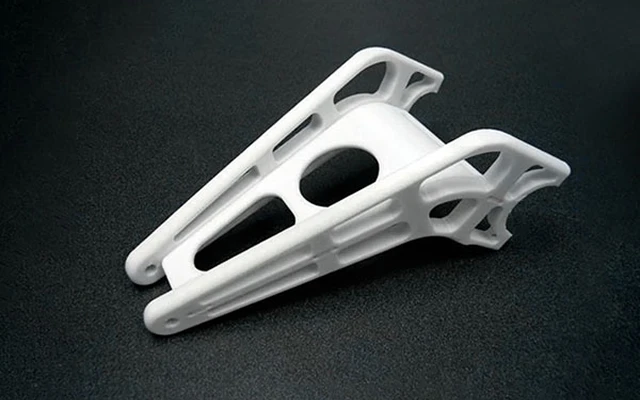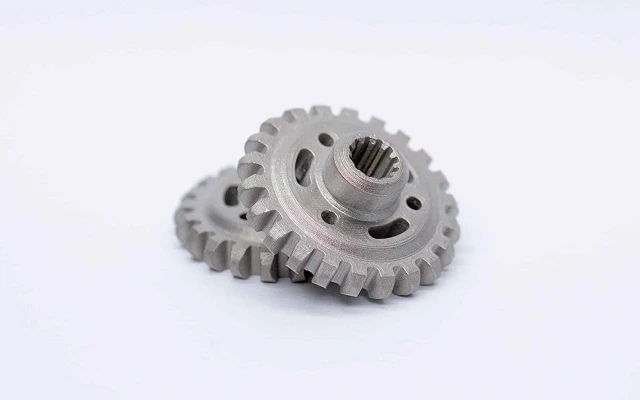Volume Production Capability
We are equipped with multiple high-performance MJF printing machines and a spacious build chamber that allows producing multiple parts in a single run. This enables us to quickly deliver parts while meeting diverse size and accuracy requirements.
Professional Technical Advice
We have an experienced production team that can provide professional production advice. Whether it is technical difficulties in the manufacturing process, material selection troubles, or other related issues, we are committed to providing effective solutions for our customers.
Comprehensive Post-Processing
We provide comprehensive post-processing services, including de-powdering, grinding and polishing, colouring and various mechanical processes, which can efficiently handle MJF printed parts. We meet your various requirements for surface finish and visual appearance.
Rigorous Quality Control
We have a comprehensive quality inspection process covering every step—from model pre-qualification and print monitoring to final product inspection—to fully control production quality and ensure delivery of high-precision printed parts.

